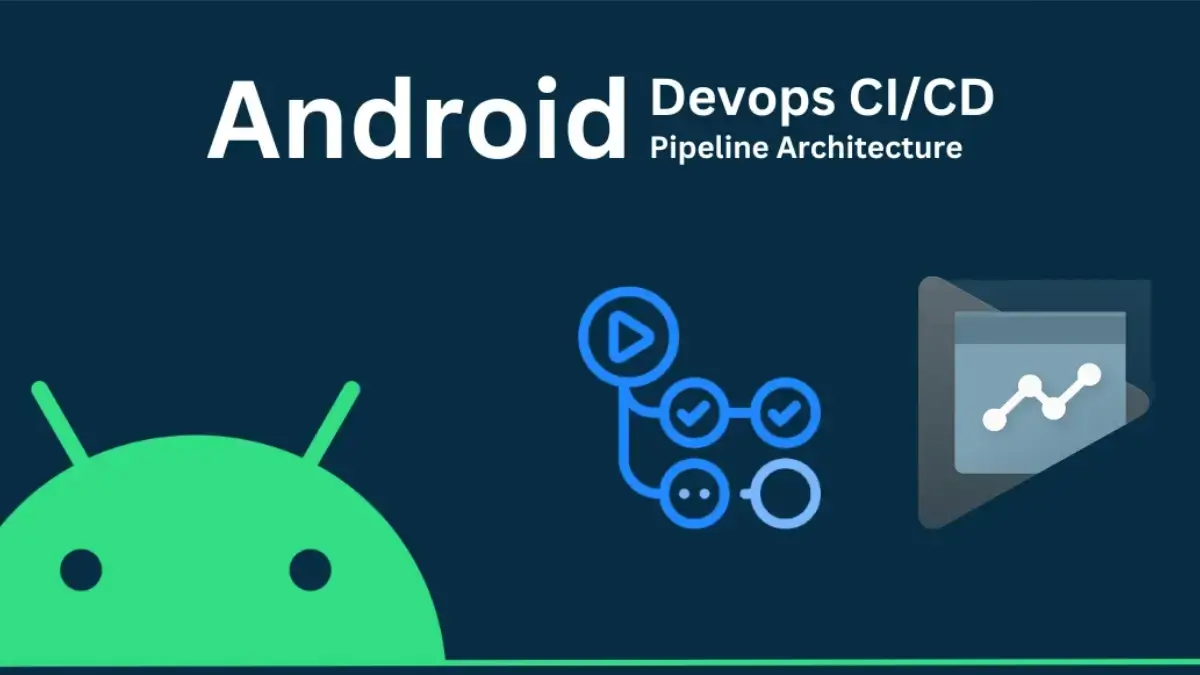Google has confirmed a notable change to how Android is developed: going forward, most day-to-day work on the Android OS will happen inside Google’s internal branches rather than being visible in the long-running public aosp-main branch. The change aims to reduce merge conflicts and speed up internal testing and releases while still publishing finalized source code to AOSP.
What changed
Starting March 27, 2025, Google recommends platform developers use the android-latest-release manifest instead of aosp-main. The aosp-main branch is now effectively read-only; development and experimental work will live in Google’s private branches and be merged into public release branches only when ready.
Why Google did it
Maintaining parallel public and private branches has introduced frequent merge friction and slowed iteration. By centralizing active development in an internal pipeline, Google expects fewer integration conflicts, faster testing cycles and a simpler release workflow — a practical tradeoff between ongoing transparency and engineering velocity.
What this means for developers and ROM creators
Independent builders and custom ROM projects can still contribute to AOSP through Gerrit and public manifests, but they should expect a change in timing. Contributions will continue to be accepted, yet the latest experimental changes may only appear in public AOSP after Google stabilizes and publishes them via the android-latest-release pointer. In short: contribution channels remain open, but immediate visibility into Google’s internal work is reduced.
Impact on OEMs, partners and end users
OEMs and licensed partners (who already synchronize with Google’s internal branches) will see minimal workflow disruption. End users and app developers won’t notice functional differences day-to-day; Google will continue to publish stable Android releases and tags to AOSP for downstream adoption.
Practical guidance
- Stop targeting
aosp-mainfor active development; switch toandroid-latest-releasefor builds and patches. - Expect feature and patch timing to depend on Google’s internal merge cadence.
- Keep using official release tags (e.g.,
android-15…/android-16…) for stable builds and device trees.
Android remains an open-source platform in principle — stable releases and source code will continue to be published — but the engineering process is now more centrally controlled. This tradeoff aims to improve release quality and pace, while requiring the developer community to adapt to slightly less real-time visibility.
FAQs
What is the ‘Android development internal pipeline’?
Ans. It’s Google’s private set of branches where most day-to-day Android work will now occur, rather than in the public aosp-main branch.
Will Android remain open source after this change?
Ans. Yes — Google will continue publishing finalized Android release branches and source to AOSP, but active development visibility is reduced.
Which branch should developers use now?
Ans. Google recommends using the android-latest-release manifest for building and contributing instead of aosp-main.
Will custom ROMs stop working?
Ans. Custom ROM development can continue, but maintainers may see a longer delay before new internal changes appear in public AOSP.
Does this affect app developers or end users?
Ans. Mostly no — app developers and users will see Android updates as usual; the change mainly affects platform and ROM developers.

